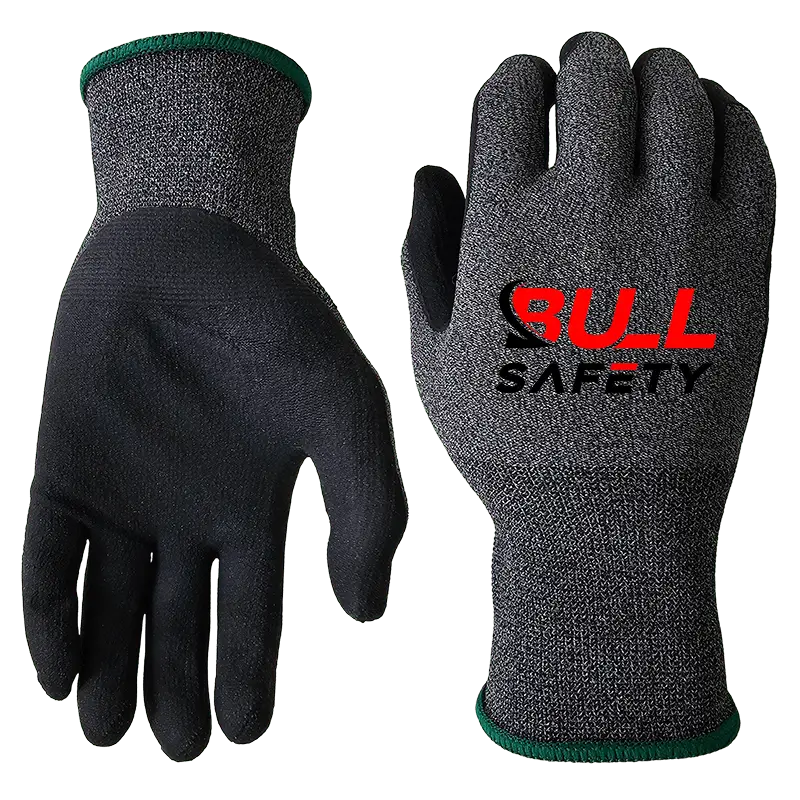
When working with wood, choosing the right gloves is essential for protection, comfort, and dexterity. The best woodworking gloves include microfoam gloves, nitrile-coated gloves, and leather gloves, each suited for different tasks like sanding, cutting, and assembling. This guide will help you choose the most effective gloves for your woodworking projects.
What gloves to wear when sanding wood?
Sanding wood produces fine dust and splinters, making it important to wear gloves that offer flexibility and protection.
Microfoam gloves and nitrile-coated gloves are the best choices for sanding wood. They protect against splinters while maintaining a good grip and flexibility for detailed work.
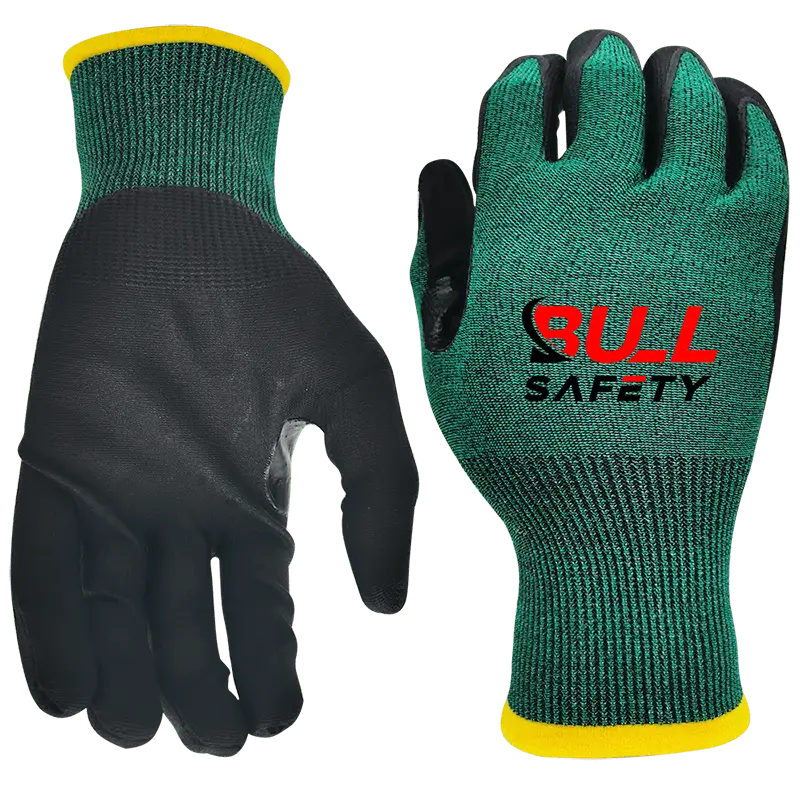
Key Features of Gloves for Sanding:
| Feature | Leather Gloves | Nitrile-Coated Gloves | Rubber Gloves |
|---|---|---|---|
| Durability | Very high | Moderate | Low |
| Flexibility | Moderate | High | Low |
| Protection from Dust | Moderate | High | Low |
| Comfort | High | High | Low |
| Grip | Good grip | Moderate grip | Poor grip |
For sanding fine wood, nitrile-coated gloves provide better dust resistance and flexibility. For rougher surfaces, leather gloves offer superior protection against splinters.
What gloves are best for woodworking?
The best gloves for woodworking depend on the task at hand.
For general woodworking, leather gloves with reinforced palms offer durability and cut protection, while nitrile-coated gloves provide better dexterity for precise work.
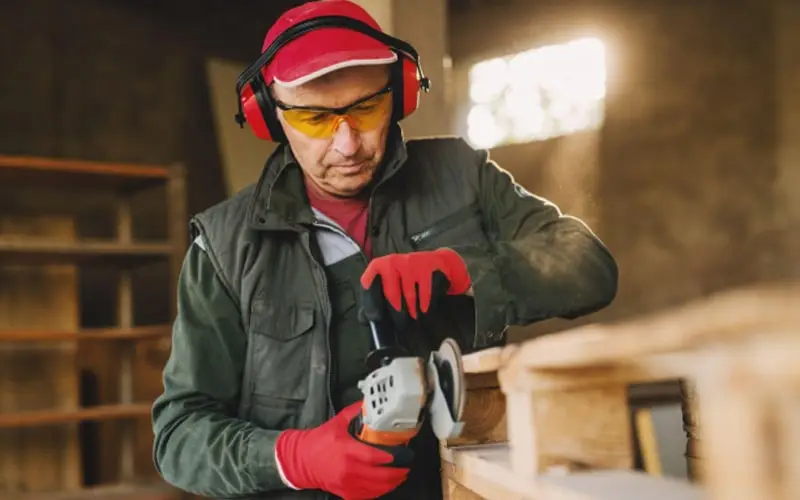
Best Gloves for Different Woodworking Tasks:
| Task | Recommended Gloves | Why They Work? |
|---|---|---|
| General woodworking | Leather gloves with reinforced palms | Durability and comfort |
| Precision cutting | Thin leather or nitrile gloves | Flexibility and dexterity |
| Heavy machinery work | Heavy-duty leather or synthetic gloves | Cut protection and strength |
| Wet conditions | Rubber gloves | Waterproof and easy to clean |
What are the best gloves to avoid wood splinters?
Splinters can be a major hazard in woodworking.
The best gloves to prevent splinters are microfoam cut-resistant gloves with thick palms. They act as a barrier while maintaining flexibility.
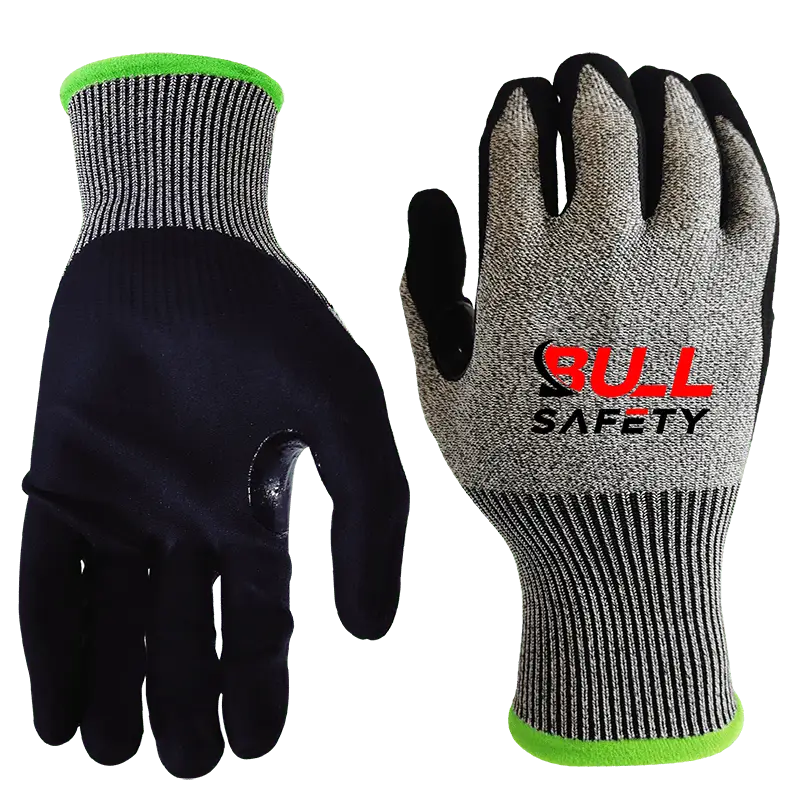
Best Gloves for Splinter Protection:
| Material | Splinter Protection | Durability | Comfort |
|---|---|---|---|
| Leather (Cowhide/Goatskin) | Very high | Very durable | High |
| Kevlar Gloves | Very high | Durable | Moderate |
| Nitrile-Coated Gloves | Moderate | Moderate | High |
For working with rough wood, leather gloves provide the best protection against splinters.
Should you wear gloves while using a saw?
Using a saw requires caution.
Wear tight-fitting gloves with good grip to prevent accidents. Avoid bulky gloves that reduce control.
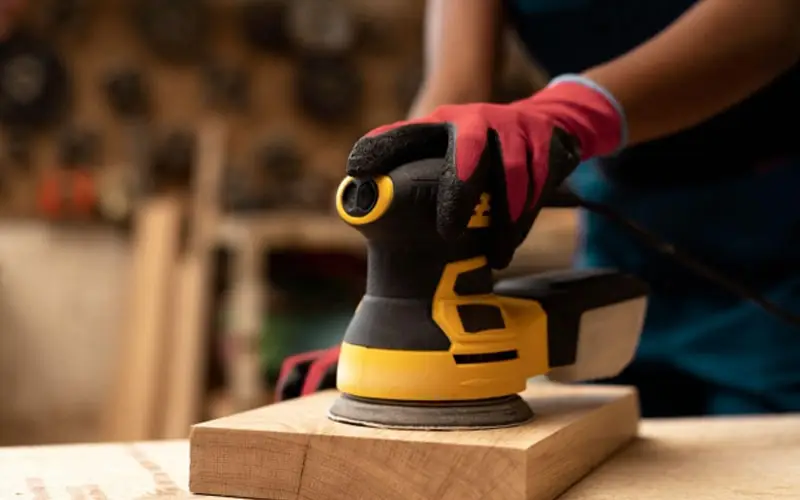
Recommended Gloves for Saw Work:
| Glove Type | Benefits | Drawbacks |
|---|---|---|
| Leather Gloves | Good grip, durable | May reduce fine control |
| Nitrile Gloves | High grip, flexible | Less durable |
| Cut-Resistant Gloves | Extra protection from cuts | Can be bulky for detailed work |
When should rubber gloves be worn in woodworking?
Rubber gloves are not ideal for most woodworking tasks, but they are useful when handling wet wood, chemicals, adhesives, or cleaning tools.
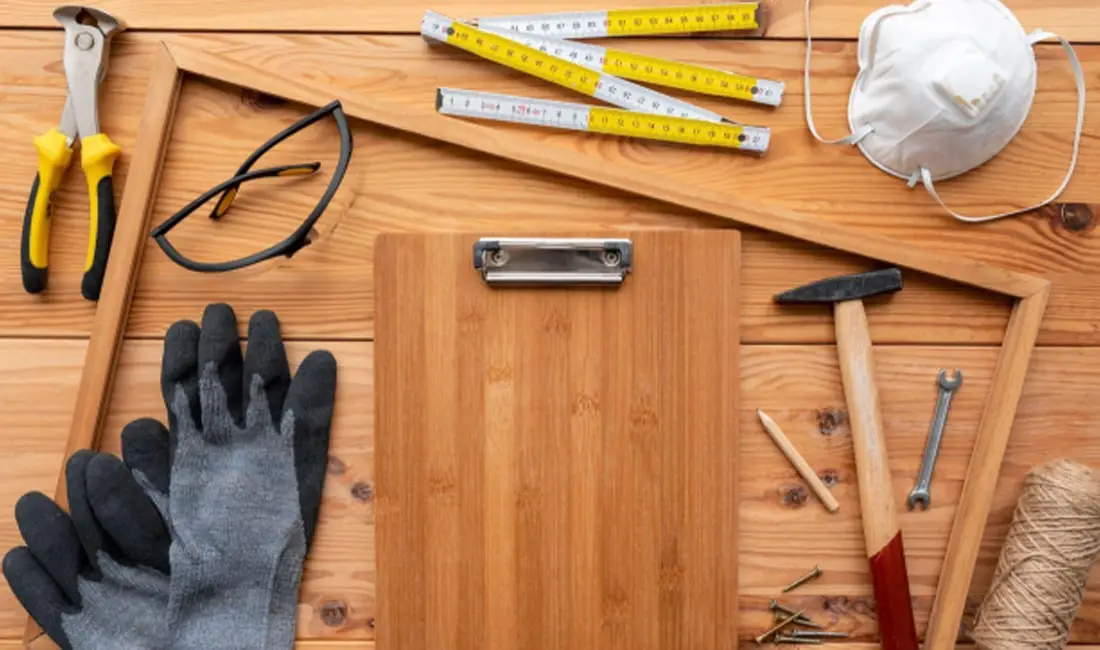
Best Uses for Rubber Gloves:
| Task | Should You Use Rubber Gloves? | Why? |
|---|---|---|
| Handling chemicals/adhesives | Yes | Protects from chemicals |
| Cleaning woodworking tools | Yes | Prevents contact with solvents |
| Sanding or cutting wood | No | Lacks durability and grip |
How do you protect yourself when sanding wood?
Sanding exposes you to dust, splinters, and airborne particles.
Wear safety goggles, a dust mask, and gloves in a well-ventilated area to protect against dust and debris.
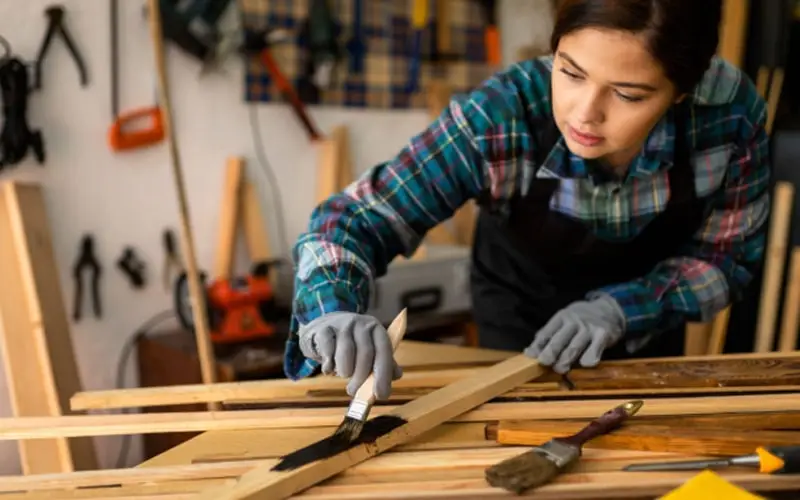
Essential Safety Gear for Sanding:
| Gear | Purpose | Protection Level |
|---|---|---|
| Safety Gloves | Protects hands from splinters and abrasions | High |
| Safety Goggles | Shields eyes from flying debris | High |
| Dust Mask/Respirator | Prevents inhalation of harmful dust | Very High |
| Noise Protection | Protects against loud tool sounds | High |
Combining gloves, goggles, and a dust mask ensures safe sanding practices.
Conclusion
Selecting the right gloves for woodworking enhances both safety and efficiency. Leather gloves are best for general woodworking, nitrile gloves provide flexibility, and cut-resistant gloves protect against splinters. Always choose gloves based on the specific task to ensure the best protection.



